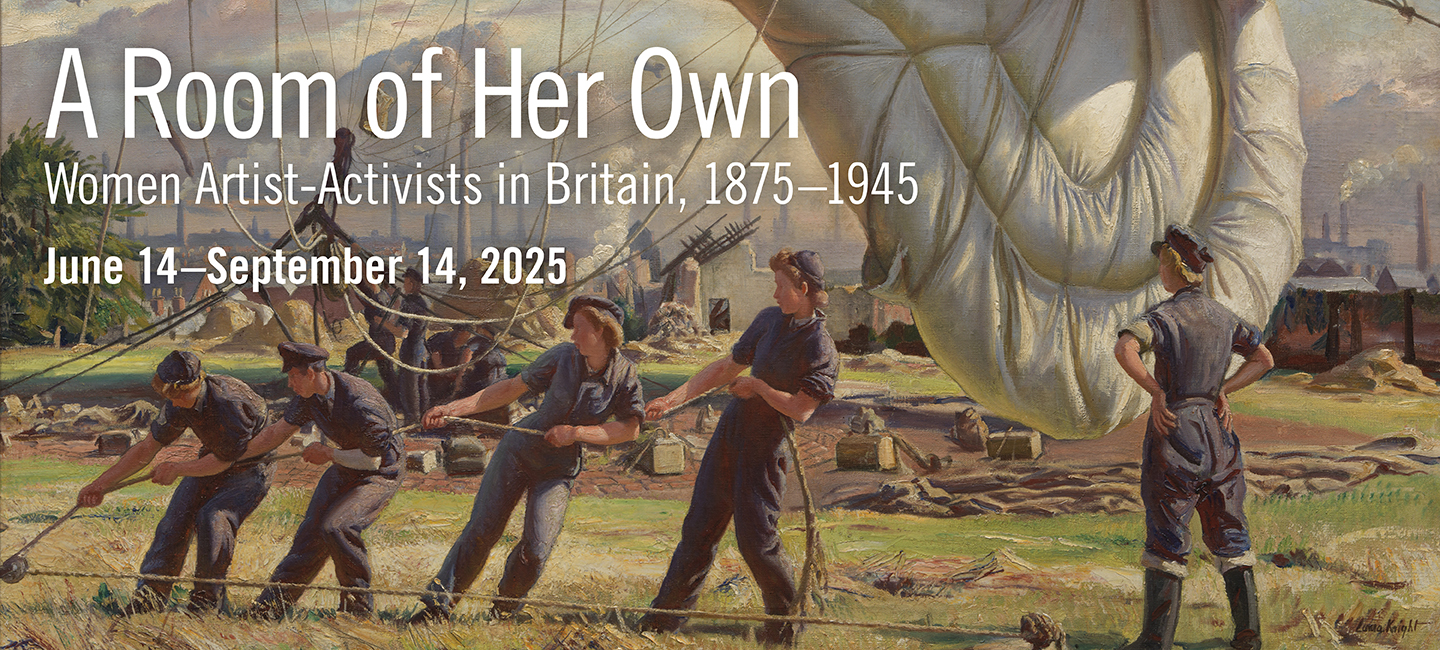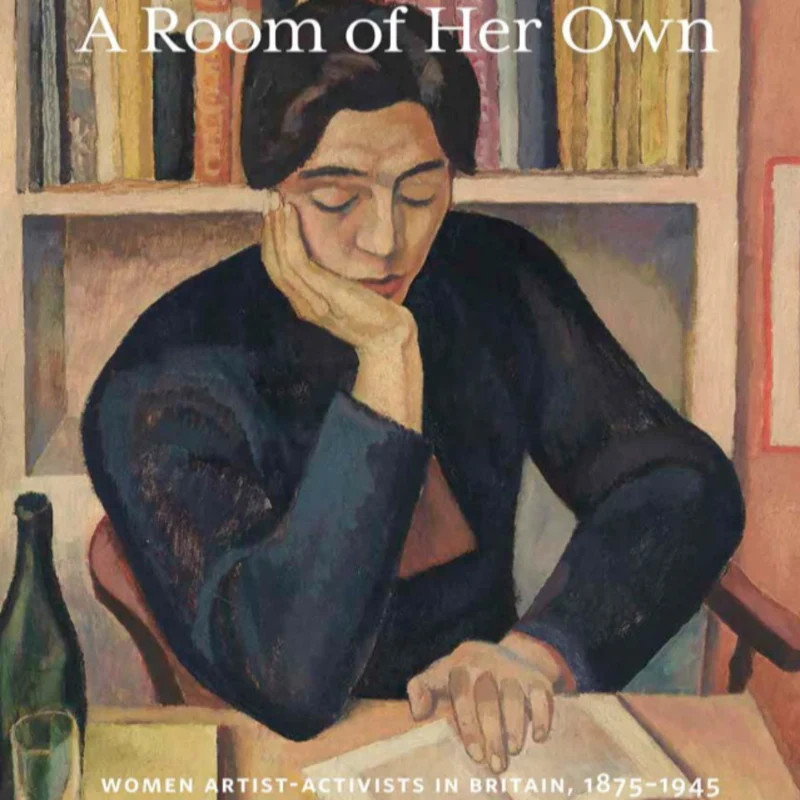Home
 Vanessa Bell, Design for an Embroidered Stool, c. 1925., gouache on paper. Yale Center for British Art, New Haven, Connecticut, Paul Mellon Fund, B1992.14.3
Vanessa Bell, Design for an Embroidered Stool, c. 1925., gouache on paper. Yale Center for British Art, New Haven, Connecticut, Paul Mellon Fund, B1992.14.3
Women had relatively few professional opportunities in Britain for much of the nineteenth century. Middle- and upper-class girls were raised to become wives and mothers, while formal education and most professions were largely reserved for boys and men. Women were tasked with being the keepers of a safe, moral sphere that was separate from the chaotic public world beyond the front door.
Virginia Woolf, sister of the painter Vanessa Bell, felt this disparity of opportunity acutely. In her essay “Three Guineas” (1938), Woolf recounted the limitations imposed upon young women by society:
The professional women artists featured here refused to view the domestic sphere as limiting and instead used it as a subject for drawings, paintings, prints, and works in other media, exploring ideas about family, the nature of private spaces, and women’s changing roles in domestic and public life. Women artists also used their homes as workspaces. They set up easels and their art-making tools in more public-facing sitting rooms as well as in private rooms. The home evolved from a place of gendered limitations into one of creative possibilities.

